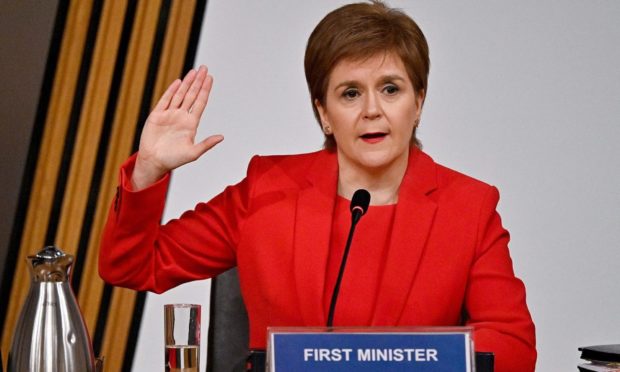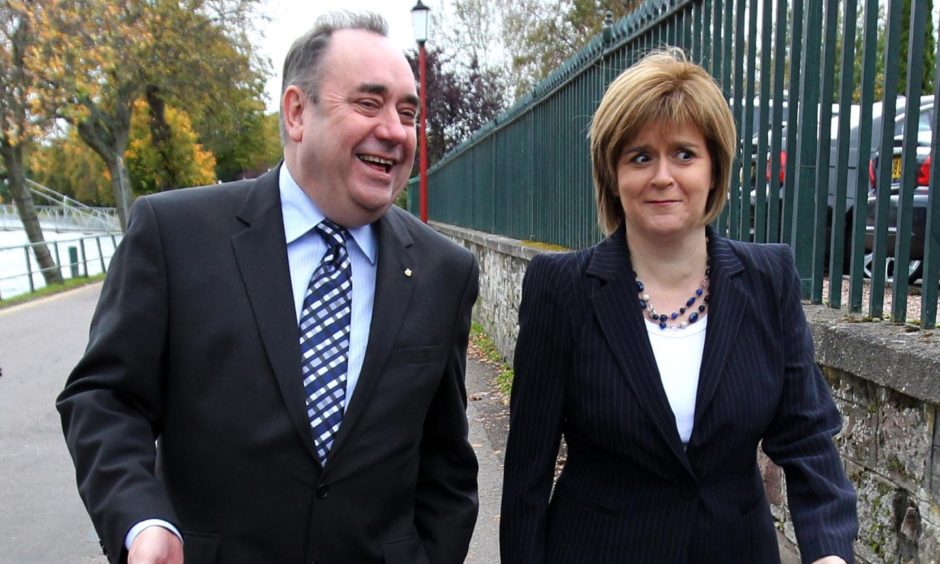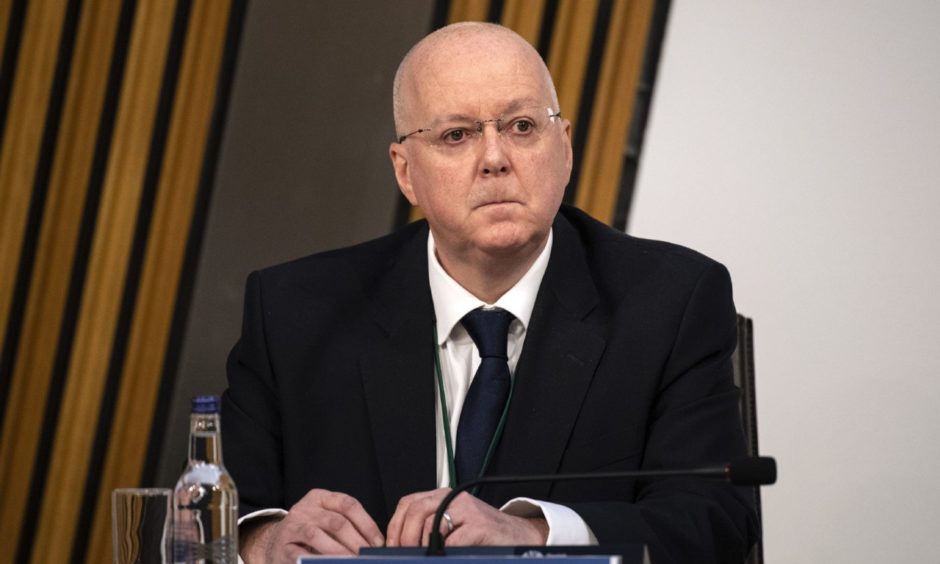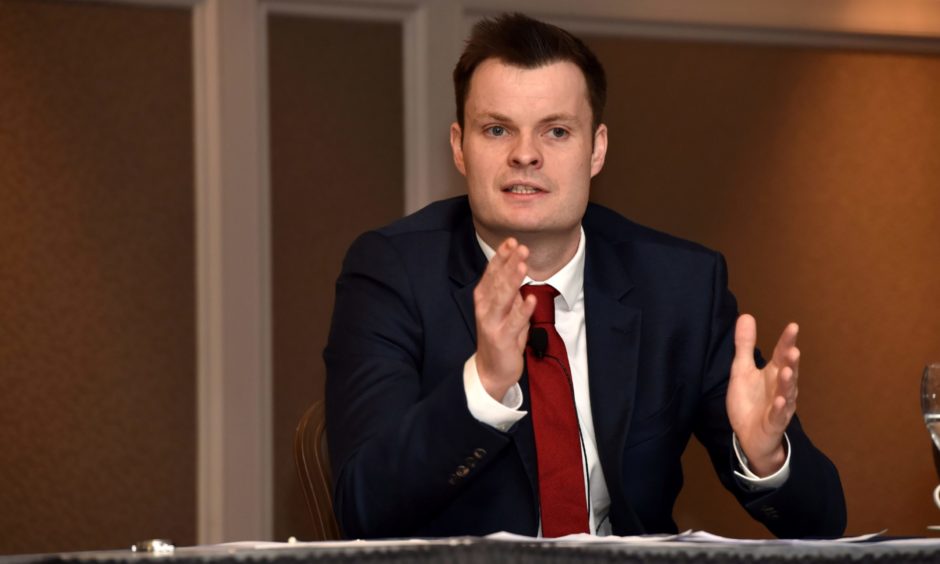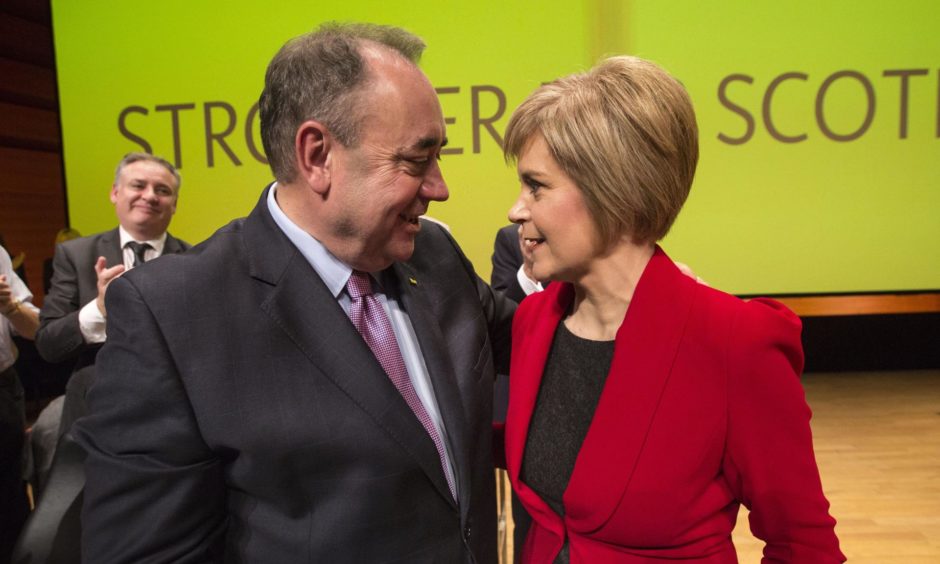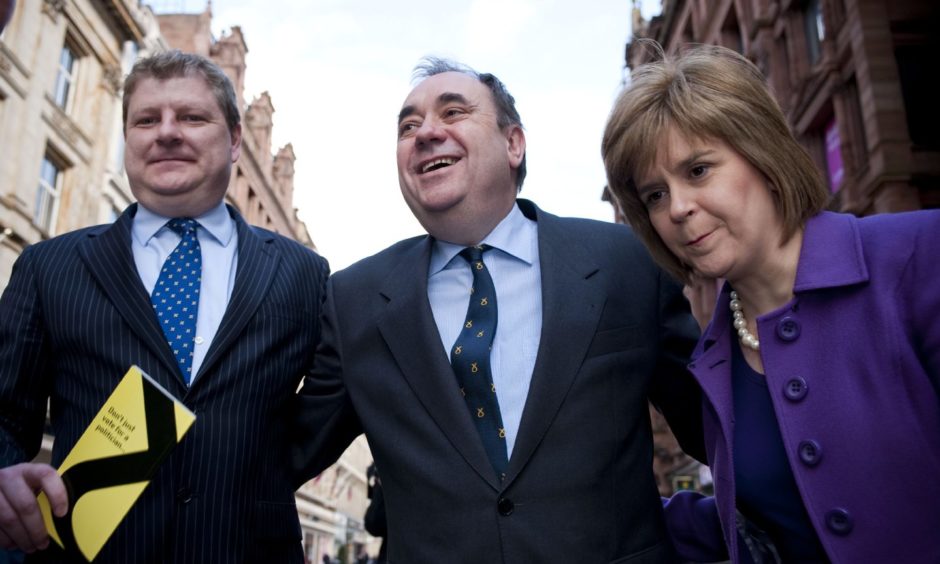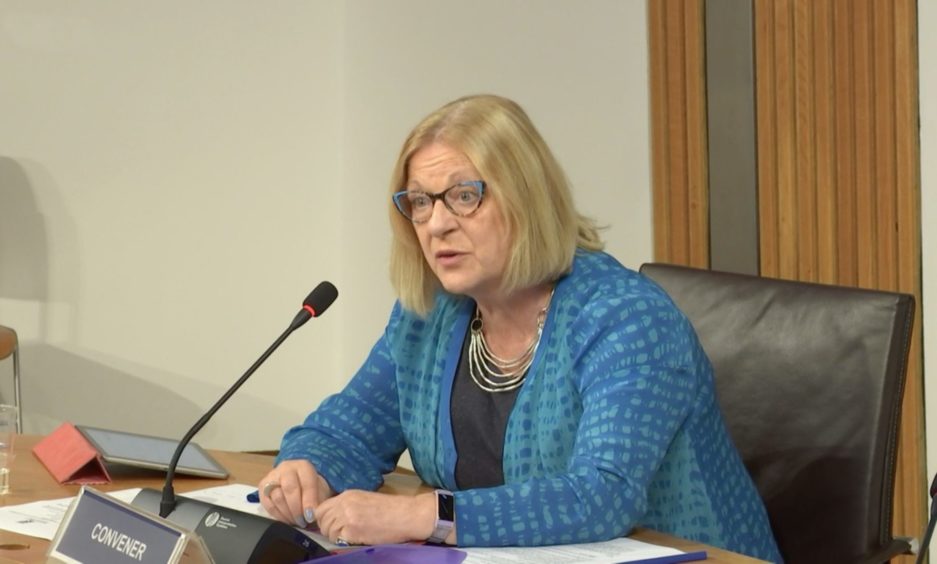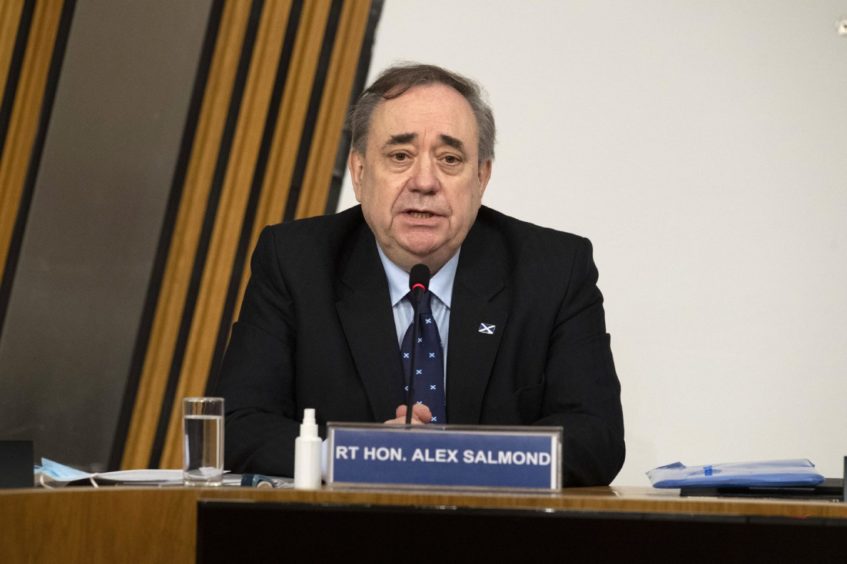Nicola Sturgeon’s seven-hour testimony before MSPs on Wednesday was the SNP leader’s chance to finally have her say on her role in the Scottish Government’s botched handling of allegations against Alex Salmond.
We previously outlined seven key questions facing the first minister. Here is how she answered them.
Did she breach the ministerial code over meetings in 2018?
Much has been made of Ms Sturgeon’s decision to meet Alex Salmond on April 2 2018, and whether that was the first time she learned of the allegations against Mr Salmond, as she initially said.
She later claimed she had “forgotten” about a meeting four days earlier with Mr Salmond’s former chief of staff, Geoff Aberdein, in which the issue was discussed.
On Wednesday Ms Sturgeon said Mr Aberdein had persuaded her to meet Mr Salmond during those talks, he “did indicate that a harassment-type issue had arisen but my recollection is that he did so in general terms”, and he said that Mr Salmond might be considering resigning his SNP membership.
On how she could have “forgotten” that meeting, she said it was the details of the complaints against Mr Salmond, which she was shown on April 2, which were “significant and indeed shocking”, and so that was the date she would “never forget”.
The first minister also attempted to address the suggestion that if she had known about the nature of the complaints on March 29, she should not have met Mr Salmond on April 2.
“Even if I had known on March 29 everything I learned on April 2, my actions wouldn’t necessarily be different, given what I was told about the distress Alex was in, and how it was suggested to me that he might be intending to handle matters, it is likely that I would still have agreed to meet him as a friend and as party leader,” she said.
Did she meet Mr Salmond in her capacity as first minister or as SNP leader?
As well as potentially misleading parliament over the date she found about the allegations, and questions over whether Ms Sturgeon should have agreed to meet Mr Salmond, it has also been claimed that, under the ministerial code, she should have officially recorded the meeting.
A previous focus has been on her argument that she feared Mr Salmond was about to quit the SNP, and so met him in her capacity as party leader, although her husband Peter Murrell, the SNP chief executive, appeared to contradict her by saying it discussed government business.
However, on Wednesday Ms Sturgeon appeared to play down that distinction.
“My decision not to record the meeting on April 2 immediately wasn’t about the classification I gave it. Not about it being a party rather than a government meeting,” she said.
“It was because I did not want to compromise the independence of the confidentiality of the process under way.”
She also argued that there could be a risk that the officials investigating the complaints might be influenced if they knew she was involved, and she did not want to report the meeting as it would have had to be made public, potentially jeopardising the confidentiality of the process.
Was the name of a woman who complained about Mr Salmond passed to him?
Mr Salmond has claimed he was made aware of the name of one of the complainants against him after it was shared with Mr Aberdein at a meeting he had with a government official.
Ms Sturgeon continued to say she was “not accepting” that had happened.
The first minister said she was not involved in that discussion, but she understood another person involved in the meeting with Mr Aberdein had a “different account”.
She added that on the April 2 meeting with Mr Salmond, she believed he was already aware of the names of the two complainants, one of which because he had apologised to the woman for the incident, and the other as a result of his own investigations.
Was a new Scottish Government harassment policy drawn up for use against Mr Salmond?
Ms Sturgeon was asked directly about a new government harassment policy, which was drawn up to cover current and former ministers around the time complainants were coming forward against Mr Salmond, at the end of 2017, and whether it had been created for use against the former first minister.
She said: “It wasn’t – absolutely, emphatically not. Alex Salmond has been one of the closest people to me in my entire life.
“I would never have wanted to ‘get’ Alex Salmond. And I would never, ever have wanted any of this to happen.”
Was she aware that concerns had been raised about Mr Salmond’s conduct in 2009?
Former SNP Westminster leader Angus Robertson has told the committee he was called by an Edinburgh Airport manager in 2009 about Mr Salmond’s “perceived inappropriateness” towards female staff at the airport.
Ms Sturgeon continued to say she first heard about it in November 2017, when Sky News asked the SNP about the issue for a story that did not run.
On Wednesday, she added that the the Sky query left her with a “sense of unease”, but she “didn’t have knowledge of specific complaints”.
Did the government ignore its own legal advice when it continued the Alex Salmond civil case?
Mr Salmond claimed in his evidence that it would be a breach of the ministerial code if the first minister ignored clear legal advice and pressed ahead with the judicial review defence.
On Wednesday Ms Sturgeon said it was clear from the legal advice that “while the government had very strong prospects of defending Mr Salmond’s initial challenge, that changed over a two-month period from late October to late December” in 2018.
She said that concerns raised by counsel, caused by emerging evidence regarding the role of the government investigating officer, who previously had contact with one of the complainers, had “undoubtedly caused me and others to pause to check if we should continue to defend the case”; however, as late as December 11 the view of law officers was that there was “no question or need to drop the case”.
The government conceded the case in January 2019.
Was she involved in a conspiracy to ruin the reputation of Mr Salmond or was she aware of such a plot?
In his written evidence, Mr Salmond claimed that a “range” of people set out to destroy his reputation, and even have him jailed, in a “deliberate, prolonged, malicious and concerted” way.
He named Mr Murrell among the group of senior SNP and Scottish Government figures he accused of the plot.
In her opening statement on Wednesday, Ms Sturgeon said: “I feel I must rebut the absurd suggestion that anyone acted with malice, or as part of a plot against Alex Salmond.
“That claim is not based on any facts. What happened is this, and it is simple.
“A number of women made serious complaints about Alex Salmond’s behaviour. The government, despite the mistake it undoubtedly made, tried to do the right thing.
“As first minister, I refused to follow the age-old pattern of allowing a powerful man to use his status and connections to get what he wants.”
